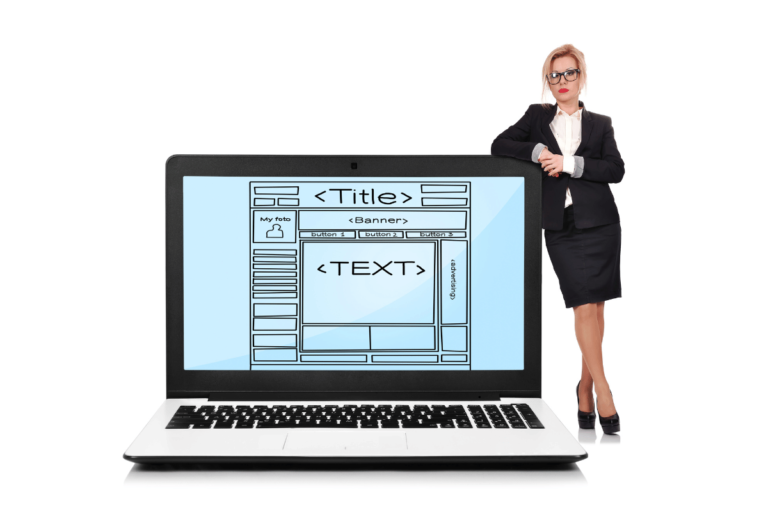How to select the best functional testing tools?
The software development world heavily relies on functional testing to ensure that applications are reliable and work as expected. There are plenty of functional testing tools in the market; one can easily be spoiled by choices when it comes to choosing the right tool for a project. However, by carefully considering some key elements, one can simplify the process and select the best functional testing tools based on their individual needs.
1. Set testing goals
Before proceeding with the selection processes, there is a need to state clearly what functional testing aims to achieve. Different projects demand different approaches to conducting tests using various tools. It is important hence, that a tester identifies various aspects such as the range of coverage of the test, and target platforms among others so that he/she can choose the right tools.
2. Evaluate integration and compatibility
To this point, one should also consider compatibility and integration of the selected functional testing tools before making a final decision on which ones suit specific requirements better than others do. The chosen software types have an advantage in terms of fitting in well with established developers’ working environments, testers’ frameworks as well and other important utilities within their organization’s settings because they will not have any issues related to compatibility which might act as hindrances in efficiently carrying out activities during the testing phase.
3. Evaluate characteristics and performance
Every functional testing tool has a distinct set of features and functionality designed to meet specific testing requirements. It is important to evaluate these characteristics in their totality so that the testing objectives are properly aligned with them. Key considerations include test automation, support for different testing methodologies, report generation and analytic functions as well as the ease of use.
4. Think about scalability and flexibility
Scalability and flexibility are essential factors, especially for projects that have changing demands and dynamic test environments. The chosen functional testing tools must be able to scale up with the growth of the project and adapt to evolving testing requirements. Moreover, flexibility can help improve the efficiency and effectiveness of tests by allowing customization and configuration.
5. Community and support evaluation
A strong community along with readily available support resources are vital criteria when choosing functional testing tools. A vibrant community advances knowledge transfer, and teamwork, as well as access to various resources such as forums, tutorials or user groups. Additionally, timely and active tool vendors may aid in resolving problems and ensure efficient testing.
6. Consider cost and return on investment (ROI)
Nevertheless, functional testing is one of the critical components of an overall software quality assurance program. It is therefore wise to consider the price models, licensing fees and other costs such as training and maintenance before choosing a testing solution. Finally, consider whether there will be any return on time investment or not in other words evaluate how time-consuming this process would be to an organization – this depends largely on what you are trying to accomplish with your tests. Choosing cheaper alternatives that produce significant returns can generate more value from functional tests.
In summary, functional testing tools are selected based on various factors, including testing objectives, compatibility, features, scalability, community support and cost. Organizations can thus select tools that align with their specific requirements thereby facilitating efficient and effective functional testing processes by following a systematic approach and judiciously weighing these factors. Consequently, upfront investment in selecting the right tools can lead to great benefits in terms of software quality, reliability and overall project success.







